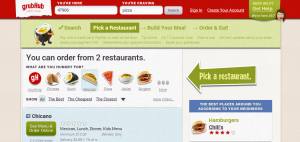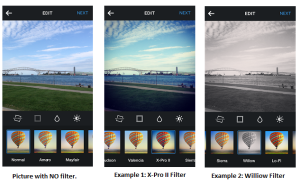I decided to stick with one theme for my weekly articles for this week, with the topic being Facebook addiction. For my second article I chose Social Media Addiction, Resistance, and Influence of Awareness: Measurement of Psychology Students’ Resistance to Facebook Addiction. This article was written by Dr. Tutku Akter and appeared in the May, 2014 issue of the Mediterranean Journal of Social Science. (See below for citation). After reading my first article, I thought being aware and knowledgeable about SNS addiction could possibly help individuals avoid addictive behaviors. The article wasn’t about this directly, this was just my assumption – so, when I saw this title I thought it would be interesting and maybe answer my thoughts about the previous article – we shall see!
Purpose / Goal: The purpose of this study was to measure the resistance of psychology students to Facebook addiction. That author looks specifically at psychology students to understand whether knowing or learning about negative influences of SNS and addictive behaviors would affect addiction to Facebook or its usage. The author points out, numerous times, that these students are potential psychologist and counselors in the making.
Method: For this study, the Bergen Facebook Addiction Scale (BFAS) was posted on the Facebook wall of the psychology students (N=233), and they were asked to fill the scale. The BFA was comprised of 18 items on a 5-point Likert-type scale, ranging from 1 (very rarely) to 5 (very often). Example: ‘‘I think about Facebook even when I am not online’’.
Results: A total of 119 undergraduate psychology students of The American University voluntarily participated in the study. Statistics from this article (p. 460):
69% percent of psychology students reported they very rarely spent time thinking about Facebook or planning use of Facebook
55% use Facebook to forget about their private problems
69% very rarely use Facebook to reduce feelings of guilt, anxiety, helplessness, and depression
73% of psychology students very rarely have got warning from others about reducing use of
8% of respondents decided to use Facebook less frequently and could not manage to do so
11% of them noted that they become irritable in case of being prohibited from using Facebook
7% reported that they feel bad very often when they cannot log on to Facebook for sometime
Conclusion: The author notes based on the results that although not being addictive, there is a significant correlation between six main characteristic of addiction: salience, mood modification, withdrawal, tolerance, conflict and relapse. Results indicated that having prior knowledge about negative influences of using SNS, specifically Facebook, can be assumed as a deterrent factor for being addictive but not “necessarily mean that addiction features cannot be detected”.
So What?! This article did a decent job answering my previous question, however, I think I will look for more articles related to this to further clarify. This article is definitely useful to those studying Facebook addiction and I would be interested in reading results from a replication of this study. Overall, I think the awareness of addiction to SNS can help us prevent this behavior.
Reference:







